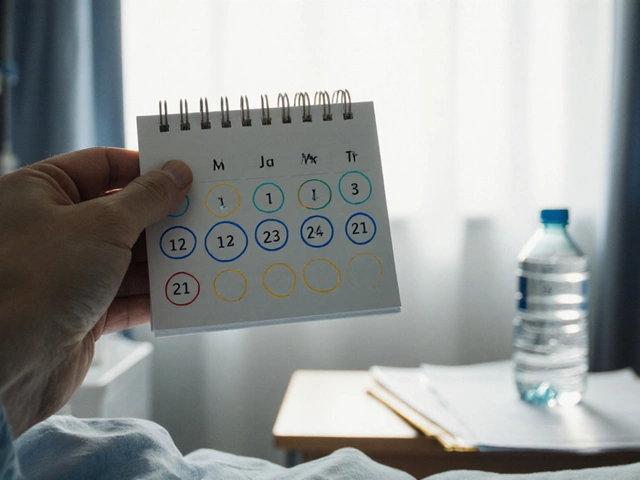Diabetic Pills – Your Quick Guide to Choosing the Right Diabetes Medication
If you’ve been told you have diabetes, chances are your doctor mentioned tablets to help control your blood sugar. These are called diabetic pills, and they come in several families, each working a little differently. Knowing the basics can save you from surprise side effects and help you stay on track with your health goals.
Common Types of Diabetic Pills
Biguanides – Metformin is the most popular. It lowers sugar by reducing what the liver releases and makes your cells take up glucose more easily. Most people start here because it’s cheap and has a low risk of causing low blood sugar.
Sulfonylureas – Drugs like glimepiride and glyburide push the pancreas to release more insulin. They work fast but can cause hypoglycemia if you skip meals.
DPP‑4 inhibitors – Sitagliptin and linagliptin belong to this group. They keep a hormone called GLP‑1 around longer, which helps the body release insulin only when needed. Side effects are usually mild.
SGLT2 inhibitors – Canagliflozin and dapagliflozin make the kidneys dump extra sugar in the urine. They can help with weight loss and lower blood pressure but may increase the risk of urinary infections.
Thiazolidinediones – Pioglitazone improves how the body uses insulin. It’s effective but can cause fluid retention, so doctors watch your heart health closely.
Safety Tips and What to Watch Out For
First, always tell your doctor about other medicines you’re taking. Some over‑the‑counter pain relievers, steroids, or antibiotics can raise blood sugar or interfere with your pills. For example, high‑dose ibuprofen may blunt Metformin’s effect.
Second, keep an eye on how you feel. If you notice shakiness, sweating, or sudden hunger, you might be low on sugar. This is most common with sulfonylureas. Have a quick source of glucose handy, like fruit juice or glucose tablets.
Third, stay on schedule. Most diabetic pills work best when taken at the same time each day. Missing doses can cause spikes that make your overall control worse.
Fourth, watch your kidneys. Metformin and SGLT2 inhibitors need good kidney function. Your doctor will check blood tests regularly; if the numbers drop, they may lower the dose or switch you to another drug.
Finally, combine pills with lifestyle changes. A balanced diet, regular walking, and enough sleep boost the impact of any medication. Even the best pill can’t fix poor habits.
Choosing the right diabetic pill isn’t a one‑size‑fits‑all decision. Age, weight, other health conditions, and how your body reacts all matter. Talk openly with your doctor, ask why a specific drug is recommended, and let them know if you experience any odd symptoms.
Remember, the goal is steady, safe blood‑sugar numbers—not a quick fix that leaves you feeling jittery. With the right pill, a good routine, and a bit of monitoring, you can keep diabetes in check and focus on living your life fully.






